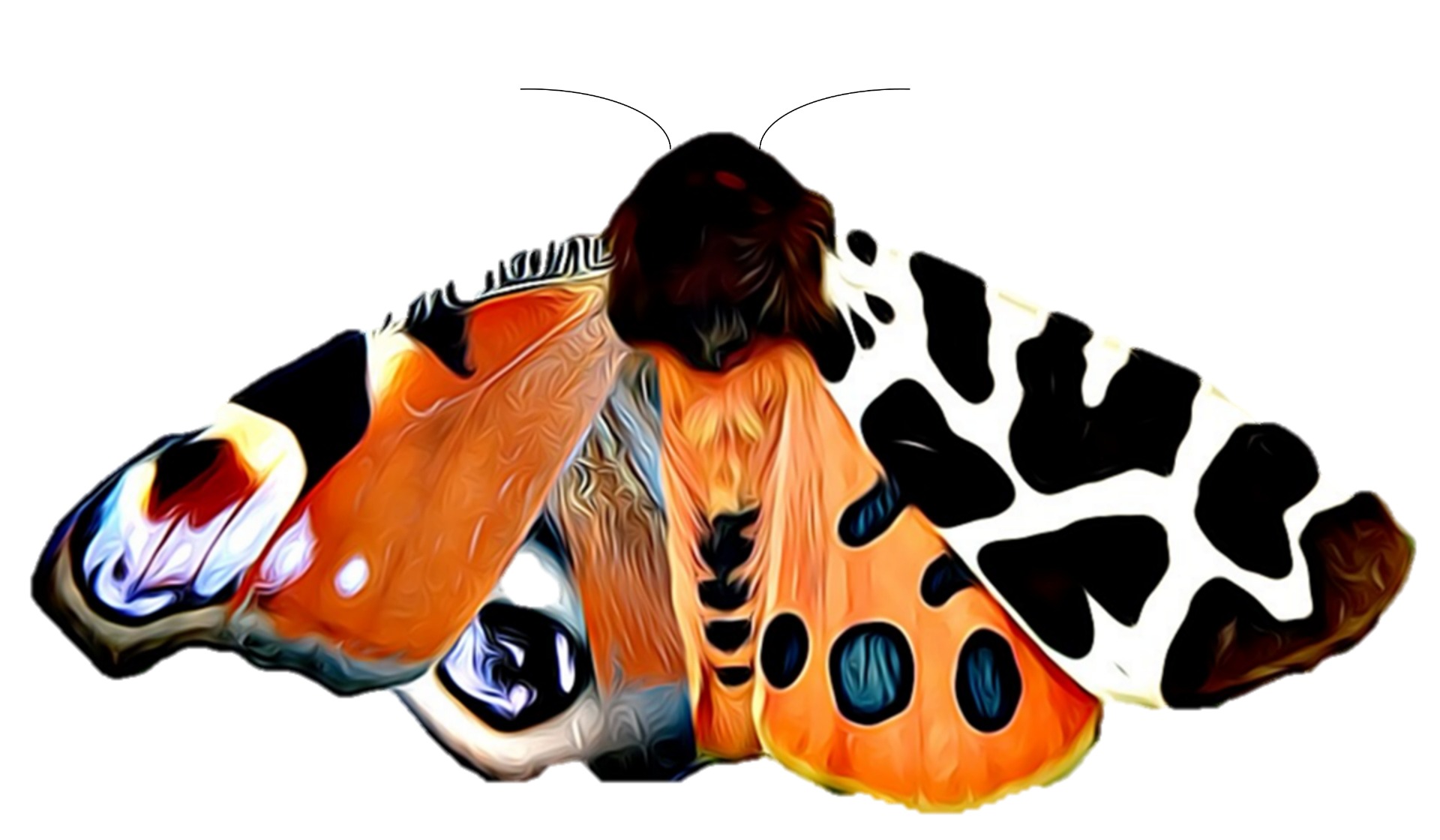Psilocybin and magic mushrooms
Psilocybe semilanceata [pictured] and several other species of magic mushrooms are well known for their production of psilocybin, an alkaloid secondary metabolite which when ingested (illegally) results in euphoria, hallucinations, and other short-term intense psychological effects. These effects are mediated by psilocin, a conversion product from psilocybin via dephosphorylation. Psilocin is similar in structure to the neurotransmitter serotonin, and stimulates corresponding receptors. [Note the blue-ish tinge on the lower part of the caps - this is a pigment formed from the oxidation of psilocin in the fungus.]
Something I find fascinating about psilocybin is that its production has been detected in a wide phylogenetic range of fungal genera (unrelated groups in different pockets of the fungi). One reported example is Massospora cicadina [not pictured], an entomopathogen which infects 13 and 17-year periodical cicadas (Magicicada spp.). The excessively-long underground nymphal stages of these species of cicadas are thought to be adaptations to predation and parasitism, given their emergence occurs over a short period in great numbers, after a period so long that it would extend beyond the life cycle lengths of most potential natural enemies. However, Massospora produces asexual resting spores which are able to lie dormant in the soil. Nymphs may become infected via these spores soon after hatching. Infections result in a growth of spores and fungal tissue on the abdomen of the insect, resulting in necrosis and a slow death. During this, the infected insects are stimulated to mate more often, perhaps by the agency of psilocybin and/or other alkaloids produced by the fungus, resulting in the passing of infection to others.
Magic mushrooms are not to be messed with. However, the biochemistry behind psilocybin production reveals a part of secondary metabolism present in many fungi, based upon modification of L-tryptophan and downstream biosynthesis pathways resulting in the creation of a range of alkaloids. Related compounds to psilocybin may hold potential for future pharmacological uses.
